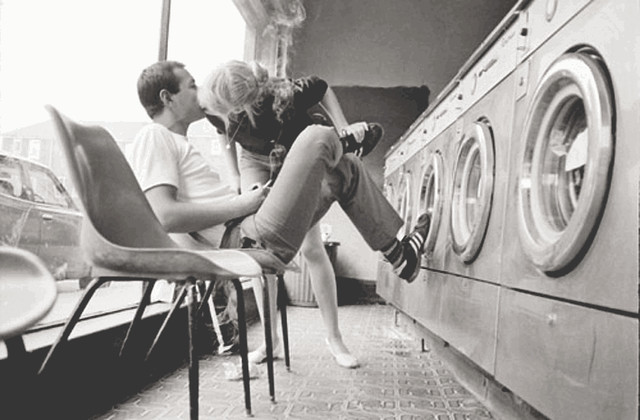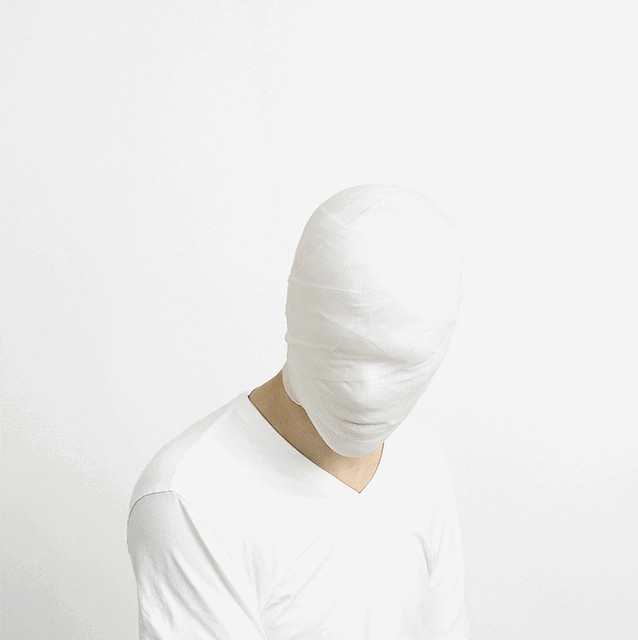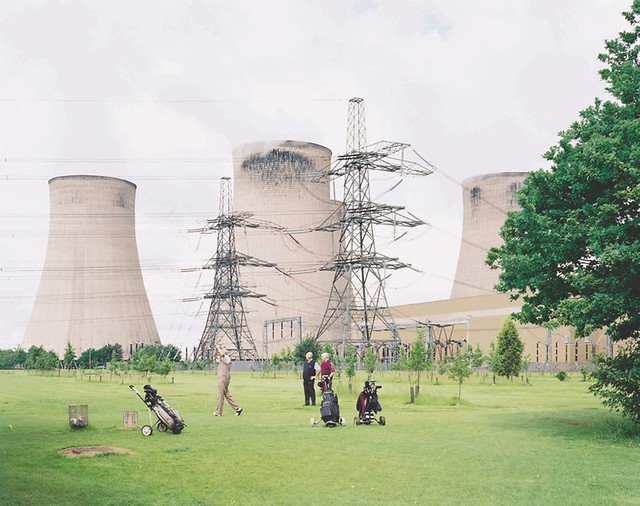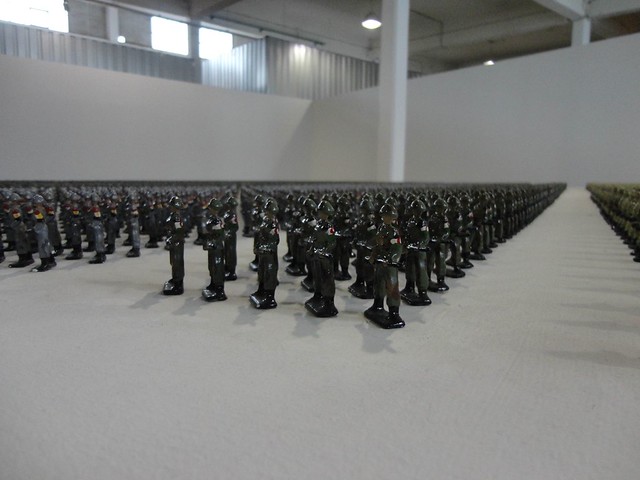
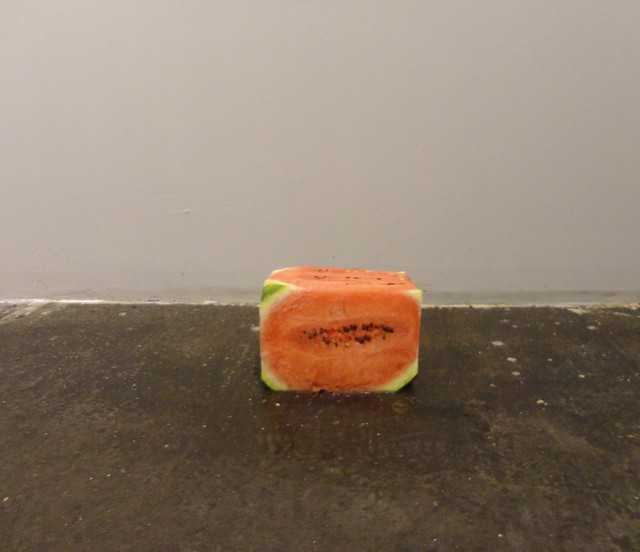
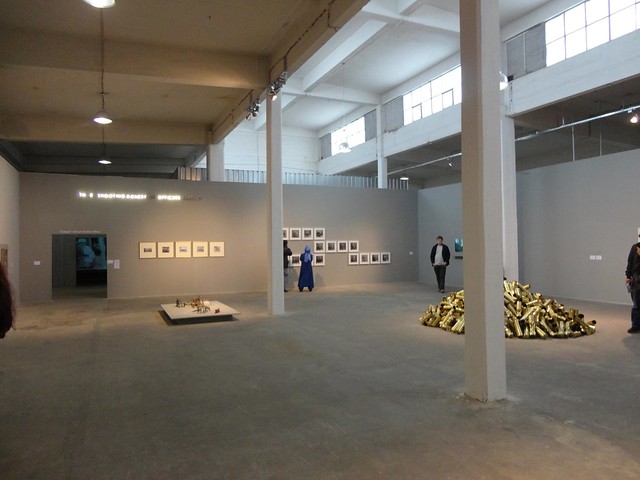
On the crossroads between East and West, the Istanbul Biennial has a complex context of rich and diverse cultures, fused with troubled politics that it is meant to respond to. This year’s edition, curated by Jens Hoffmann and Adriano Pedrosa, had the desire to differ from intricate contexts that drove the curators to search for inspiration in traditional values of art, such as aesthetics. At least, this was the official claim made by Hoffmann and Pedrosa. For some mysterious reason, the Biennal found its own path and turned out to be very political. To be more precise: it was informative about the history of art activism in the second half of the 20th century. Some of the individual projects, such as Wael Shawky's film "Cabaret Crusades: The horror show file", Nazgol Ansarinia's "National Security Book Series" and Ala Younis' "Tin Soldiers" were among the most provoking participations.



